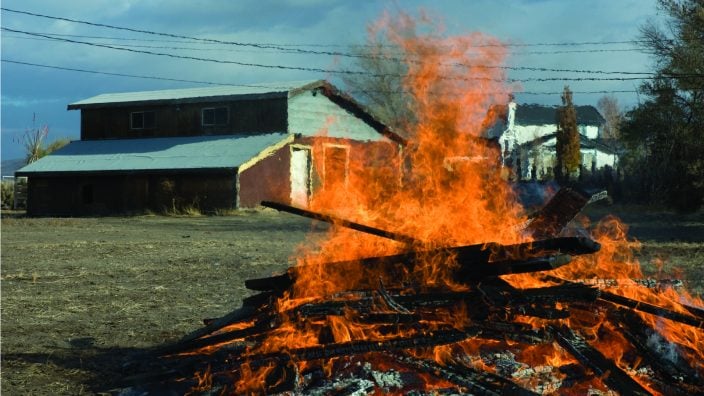Legal with Leah: A Drone Policy Update
Learn what the requirements are to legally fly a drone in Ohio as well as steps the Ohio Legislature has taken in terms of security concerns.
Read MoreDepending on what is being burned and where, there will likely be restrictions from either the Ohio Environmental Protection Agency or possibly the Ohio Department of Natural Resources.
The Ohio Landowner Toolkit, a resource exclusively for Ohio Farm Bureau members, has been updated. Ohio Farm Bureau experts on staff, including Policy Counsel Leah Curtis, provide members with the latest information, guidance and critical information on land ownership, use and management. This Legal with Leah kicks off a series of topics covered in the toolkit, starting with open burning.
Listen to Legal with Leah, a podcast featuring Ohio Farm Bureau’s Policy Counsel Leah Curtis discussing topics impacting farmers and landowners.
Ty Higgins: [00:00:00] The Ohio Landowner Toolkit, a resource exclusively for Ohio Farm Bureau members, has been recently updated. Our experts on staff, including policy counsel Leah Curtis, provide members with the latest information, guidance and critical information on land ownership, use and management. For this Legal with Leah, we kick off a series of topics covered in the toolkit, starting with open burning and Leah, if there is one area that we tend to hear lots of questions about year-round, it’s issues with open burning. What is open burning? [00:00:28][28.4]
Leah Curtis: [00:00:29] Open burning is when you are burning materials where contaminants from the burning are going to be released into the open air without having some sort of stack or chimney to go through. And depending on what you’re burning and where you are burning it, there will likely be restrictions from either the Ohio Environmental Protection Agency or possibly the Department of Natural Resources. [00:00:49][19.2]
Ty Higgins: [00:00:50] Let’s start first with the ‘what you cannot ever burn’ category. [00:00:54][3.7]
Leah Curtis: [00:00:55] Under Ohio EPA rules, you can never burn materials that contain rubber, grease and asphalt. You cannot burn anything that is made from petroleum like tires or plastics. No burning of garbage, which the rules define as waste from handling, processing, preparation, cooking or consumption of food. You also should not burn any dead animals unless that is an approved method for control of disease by some sort of governing agency. So all those types of materials, though, should never be a part of the pile of materials that you are planning to burn. [00:01:26][31.3]
Ty Higgins: [00:01:27] Now, after that, it depends on what type of burning you’re doing, where you’re doing the burning, as to what rules you have to follow. [00:01:33][5.5]
Leah Curtis: [00:01:34] So, yes, starting with what type of burning and what the materials are. Agricultural waste is a waste material that’s generated by crop, horticultural or livestock production practices. And those can be things like woody debris, plant material, bags, cartons, some structural materials, landscape waste that’s coming from your ag activities. The other types of waste that we commonly talk about is residential waste, which is landscape waste generally that’s generated on a property of a one, two or three family residence as a result of that residential activity. So whether these can be burned is going to depend on whether a landowner is located in either an unrestricted or a restricted area. [00:02:14][40.3]
Ty Higgins: [00:02:15] So where should we be concerned if we’re in one of those areas? [00:02:18][2.1]
Leah Curtis: [00:02:19] An unrestricted area is going to be outside of a municipal corporation to start with. But where that is in relation to that city is also going to matter. So the city is less than a thousand citizens, it’s anywhere outside of the corporation limits. If the city is between one and 10,000, then the unrestricted area is going to be 1000 feet beyond that border. And if it is more than 10,000 citizens, then the unrestricted area is going to begin one mile outside the border. So if you’re in an unrestricted area, you can generally burn ag or residential waste, so long as the pile of the ag waste does not exceed 20 feet in diameter by 10 feet in height, or the pile of residential waste does not exceed 10 feet by 10 feet. There also are some conditions that you should pay attention to, things like making sure that contaminants can readily dissipate, that you’re not creating visibility hazards, and all those are listed in the landowner toolkit to help people know what those conditions are. [00:03:15][55.4]
Ty Higgins: [00:03:15] And if you are in a restricted area and you exceed those size requirements, there will be more process to go through. [00:03:22][6.2]
Leah Curtis: [00:03:23] Yes. So if you’re in a restricted area, generally residential waste is not permitted to be burned in those places. Agricultural waste can be, but you do have to go through a notice procedure with the Ohio Environmental Protection Agency, and you need to allow at least 10 days to go through that procedure. And similarly, even if you’re in an unrestricted area, if your pile of waste is going to exceed those size limitations that we talked about, you do need to go through those notification procedures as well before you take part in burning those wastes. [00:03:50][27.2]
Ty Higgins: [00:03:51] There’s another type of burning that has more restrictions that sometimes farmers can get caught up with. [00:03:56][5.0]
Leah Curtis: [00:03:57] It’s important to recognize that the types of wastes that are being burnt is really a part of the question here. And so one that we sometimes see people trip up with is what is called land clearing waste. So this is plant waste that is being removed for the purpose of preparing land for development, and that could be residential, commercial, industrial or agricultural development. So I think of this as I’m clearing a wooded area or a brushy area because I now want to start planting it or I want to create a new pasture area. In that case, that waste can be burned in an unrestricted area. But you’re going to have to go through that permission process and there may be some additional requirements on you in doing that. You’re going to provide some more information to EPA about the acreage amount, the distances to residents, as well as what is going to be done to reduce the emissions from this burn. [00:04:46][48.7]
Ty Higgins: [00:04:47] Lot of details in this particular conversation. Where can people find out more about open burning? [00:04:51][4.6]
Leah Curtis: [00:04:52] There’s a lot of kind of things to remember about this. And again, we try to provide the highlights here in Legal with Leah. So if people do access that landowner toolkit, we’ve covered all these details as well as given information on how to go through that permission process, citations to the law, and then information on the ODNR Burn Ban, which puts a limit on types of burning in certain times of year. [00:05:13][20.1]
Ty Higgins: [00:05:14] Finally, one last tip for anyone doing open burning. [00:05:16][2.5]
Leah Curtis: [00:05:17] When we get calls about open burning, oftentimes it’s because no one has let the local fire department know. So it’s always a good idea to get in touch with your local fire department if you are going to do some open burning. It can really help prevent misunderstandings. You know, particularly people in rural areas, we want to take care of our neighbors and people mean well, and they may call the fire department concerned that you have a fire on your property. And this can just prevent them having an unnecessary response call and know that you’re already doing this and that you’re doing it safely. [00:05:47][30.0]
Ty Higgins: [00:05:48] All this information and more exclusive to Ohio Farm Bureau members in the Ohio Landowner Toolkit available online.
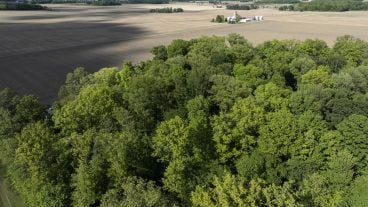

Learn what the requirements are to legally fly a drone in Ohio as well as steps the Ohio Legislature has taken in terms of security concerns.
Read More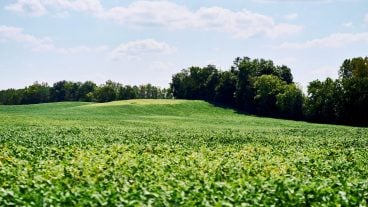
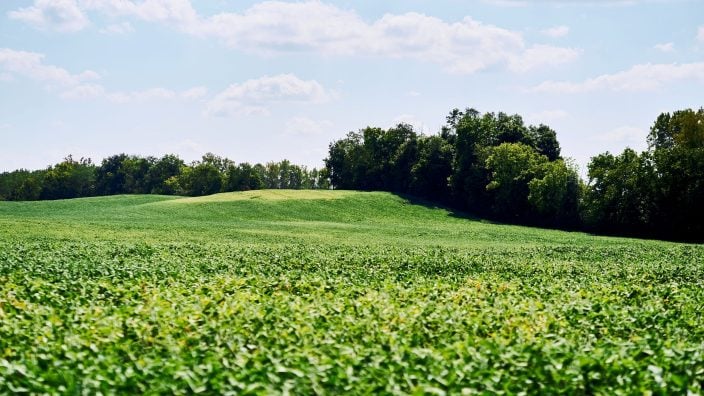
In 2025, about 21 counties are going through a reappraisal or update, and because Ohioans pay taxes one year behind, they will see new property tax bills in January 2026.
Read More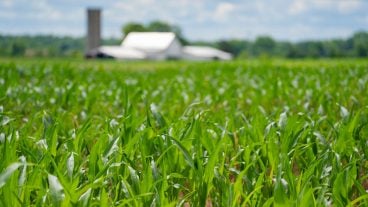
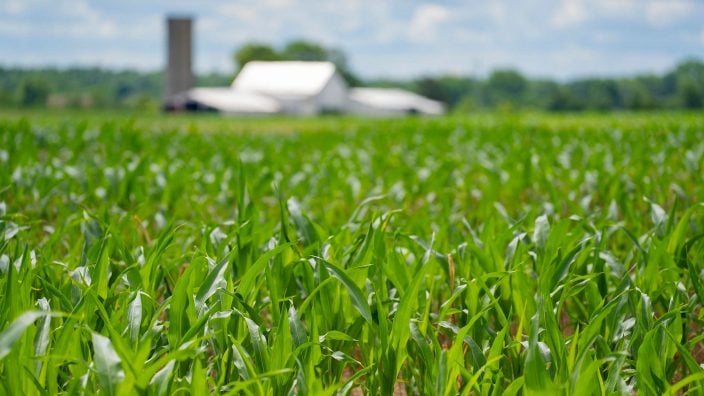
Any unlicensed handlers who use restricted use pesticides will need to have additional training. Farm Bureau will be working on legislation to give employers a choice on how to provide training.
Read More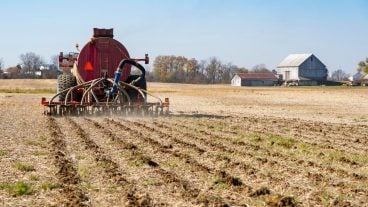
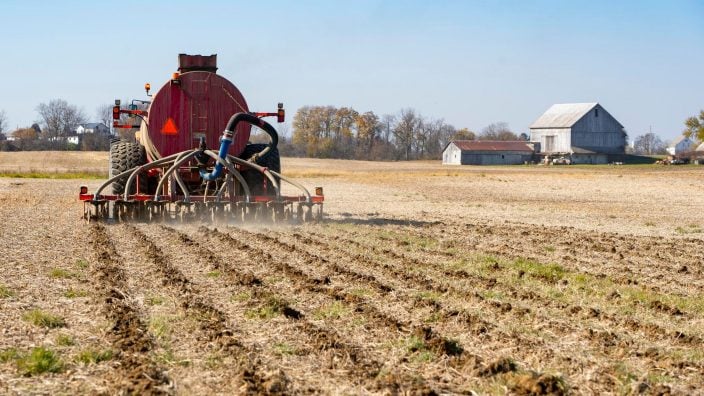
Current Agricultural Use Value is often discussed as a farmland preservation tool, but there are some other tools in the law that landowners can consider.
Read More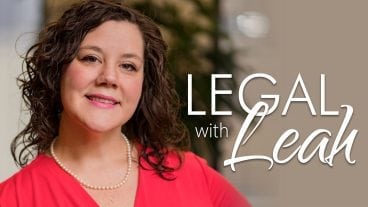
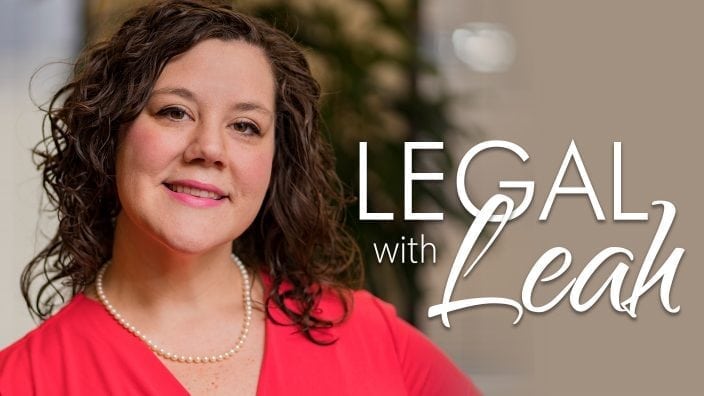
Update: As of Feb. 27, 2025, the Financial Crimes Enforcement Network announced no fines, penalties or enforcement action will be taken against companies based on failure to file or update BOI by March 21.
Read More

Update: As of Feb. 27, 2025, the Financial Crimes Enforcement Network announced they would not issue any fines or penalties or take enforcement action against companies based on failure to file or update beneficial ownership information reports by the March 21, 2025, deadline.
Read More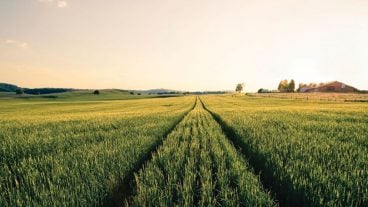

Update: As of Feb. 27, 2025, the Financial Crimes Enforcement Network announced they would not issue any fines or penalties or take enforcement action against companies based on failure to file or update beneficial ownership information reports by the March 21, 2025, deadline.
Read More
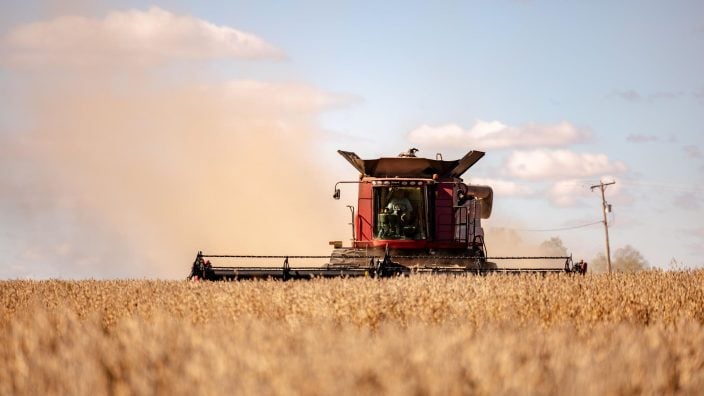
Update: As of Feb. 27, 2025, the Financial Crimes Enforcement Network announced they would not issue any fines or penalties or take enforcement action against companies based on failure to file or update beneficial ownership information reports by the March 21, 2025, deadline.
Read More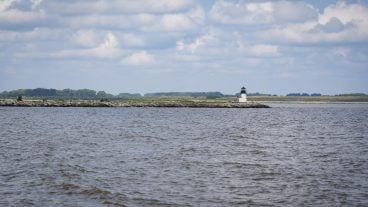

A group of 11 ag coalition partners, including Ohio Farm Bureau, has its own counsel and will be advocating, accurately representing agriculture and what is actually happening in Ohio in terms of water quality.
Read More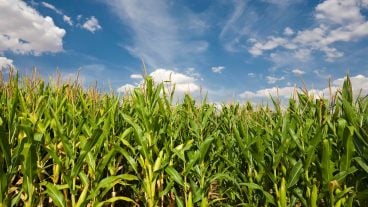

An upward trend in CAUV values and significant increases in soil values for 2024 apply only to counties that are being reappraised or updated in 2024.
Read More